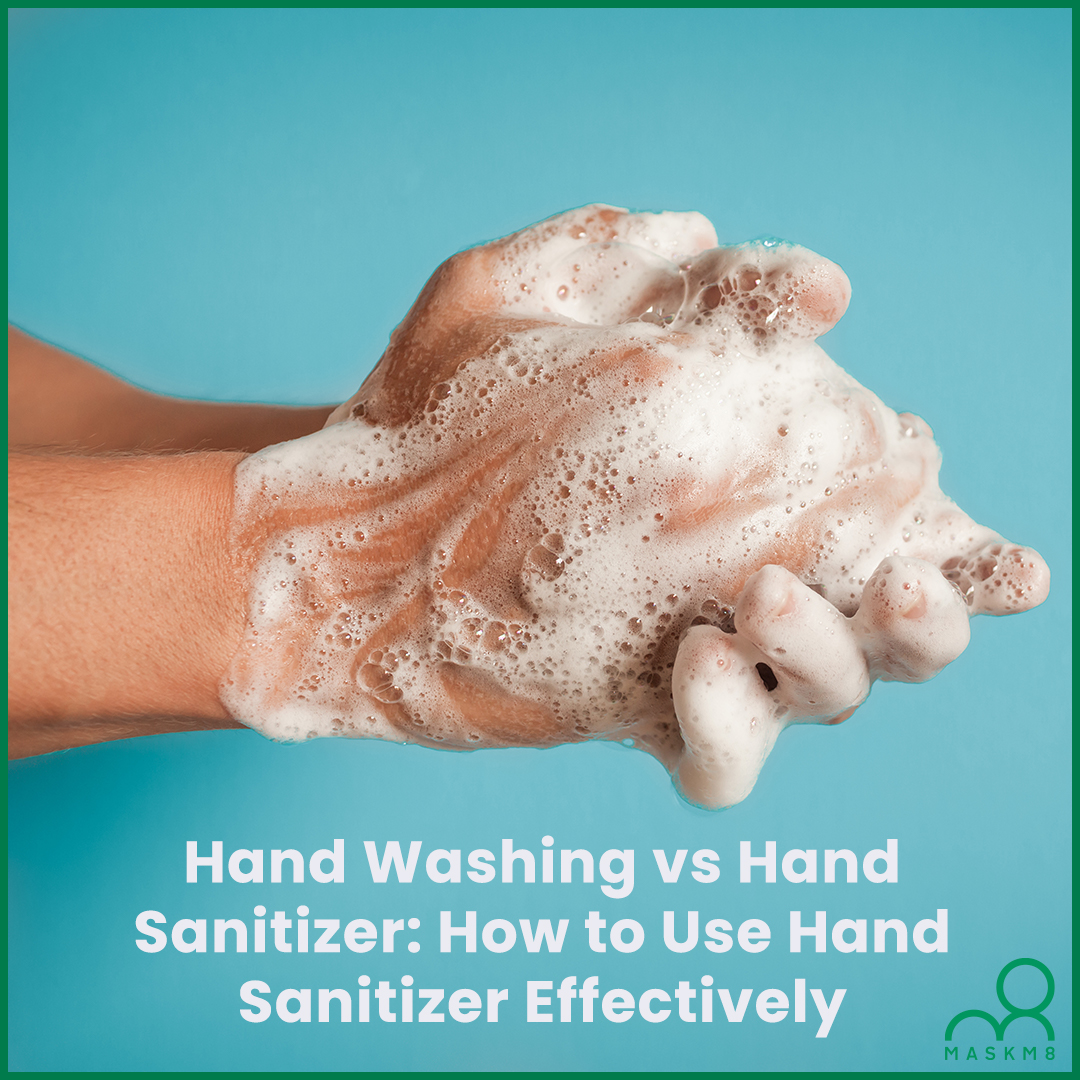Just like most things in life, there is a time and place for the use of hand sanitiser. Since the start of the coronavirus pandemic, experts have advised us that hand washing is the gold-standard for reducing the likelihood of contracting COVID-19. However, it’s not always as simple as being able to just wash your hands, especially if you’re out and about. So, hand sanitiser has become a trusty alternative.
Hand Washing vs Hand Sanitiser
Washing your hands should always be our first line of defence when protecting against illness. Hand washing is effective at preventing nasty bugs like stomach bugs, norovirus, and Clostridium difficile and now, the novel coronavirus. Handwashing with soap and water helps to lyse viral cells on the hands and, rinsing them thoroughly with water means they are removed from the skin and flushed away with the water down the drain.
Tips for Effective Hand Washing
Although it seems easy, there is a tried and tested technique to washing your hands to protect yourself and others from illness.
- Follow the technique given by the NHS
- Wash hands for at least 20 seconds or the length of time it takes to sing Happy Birthday twice
- Dry hands with a paper towel, if possible
When to Use Hand Sanitizer
Hand sanitizer is believed to be effective at killing coronavirus but it doesn’t kill every bad germ. For example, bugs like norovirus and Clostridium difficile aren’t killed by the alcohol rubs.
Yet, while the world tackles the global pandemic, hand sanitizers are effective at reducing the risk posed by COVID-19. They’re great to use when you don’t have access to clean water such as public transport, shops, or places of interest.
You should always choose a hand sanitizer which contains at least 60% alcohol, the label should always tell you how much alcohol it contains. Below 60% and the product may not kill many types of germs or rather than killing them, may just slow down their growth. The hand sanitizer at Maskm8 contains at least 75% alcohol so if well within the range suggested by the CDC to kill the coronavirus. So, when it comes to the best hand sanitizer, you just need to ensure it has the correct alcohol content.
However, hand sanitizer shouldn’t be used if your hands are visibly dirty or you’ve touched something harmful. Instead, in these situations, you will need to wash your hands with soap and water.
Tips for Effective Hand Sanitising
- Squeeze or pump enough sanitizer into the palm of your hand to cover the surfaces of both your hands
- Rub hands together making sure you cover every surface with the gel, liquid, or foam until it dries, it should take 20 seconds
- Don’t be tempted to dry your hands as this will make the sanitizer less effective
Sources
Centers for Disease Control and Prevention. (2020). Handwashing: Clean Hands Save Lives. Available at: https://www.cdc.gov/handwashing/show-me-the-science-hand-sanitizer.html#sixteen
Gold, N, A and Avva, U. (2020). Alcohol Sanitizer. Available at: https://www.ncbi.nlm.nih.gov/books/NBK513254/
Hirose, R et al. (2019). Situations Leading to Reduced Effectiveness of Current Hand Hygiene against Infectious Mucus from Influenza Virus-Infected Patients. mSphere.
National Health Service. (2019). How To Wash Your Hands. Available at: https://www.nhs.uk/live-well/healthy-body/best-way-to-wash-your-hands/
Sawa, D, B. (2020). Hand Sanitizer or Hand Washing: Which Is Better Against Coronavirus? Available at: https://www.theguardian.com/world/2020/feb/28/hand-sanitiser-or-hand-washing-which-more-effective-against-coronavirus-covid-19

